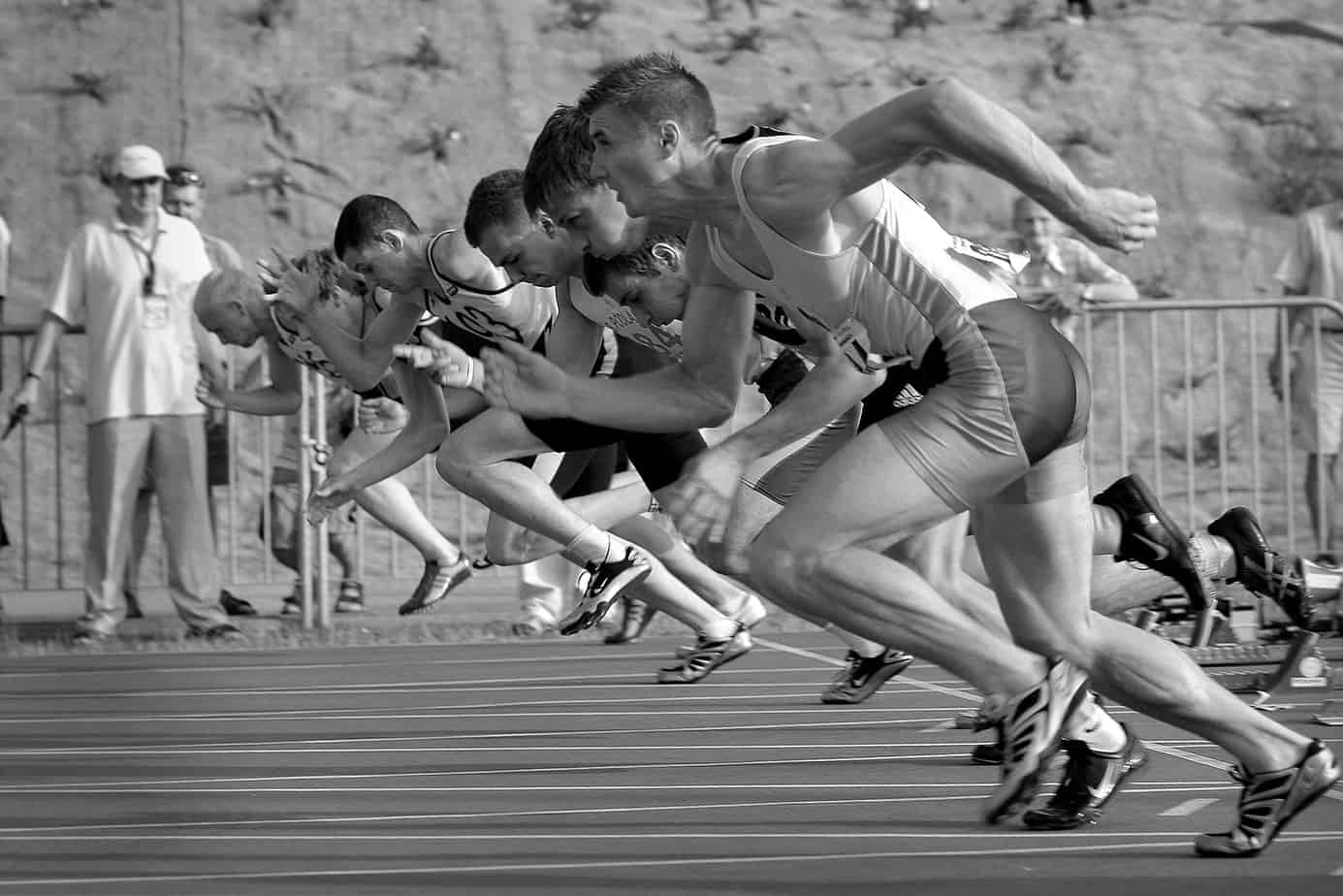Contents
- Background & Objective
- What They Did
- What They Found
- Practical Takeaways
- Reviewer’s Comments
- About the Reviewer
- Comments

Background & Objective
Backward running (BR) has been used to prepare athletes for competition demands and as a return-to-play protocol for injured athletes. BR is different to other forms of backward locomotion such as back pedalling as BR more closely emulates forward running (FR). Recent reviews of BR have shown enhancements in a range of athletic performance measures and, as such, this study aimed to examine the acute responses to BR and provide practical recommendations for integrating BR into a training program.
What They Did
A review was performed of the current BR literature and covered several themes:
- The acute responses to BR
- BR as an injury-resistance tool
- Enhancing muscular functions using BR
- BR as a metabolic stimulus
- Practical recommendations for applying BR into a training program.
This article highlights the role of BR in a sporting context, providing insight into why BR may be beneficial for athletes.
What They Found
Acute Responses
- Compared to FR, BR is categorised by a:
- Greater energy expenditure
- Lower running speed
- Reliance on isometric and concentric muscle actions
Injury Resistance
- Warm-up programs including BR were beneficial for reducing the amount of overuse and severe injuries in athletes between 13-20 yr.
Muscular Functions
- Muscle and tendon length remains relatively constant upon ground contact, making BR primarily a concentric contractile movement.
- Adolescents, at around the time of their growth spurt, respond very well to BR,
Metabolic Stimulus
- Expend approximately 28% more energy than FR
- This leads to an improved running economy and oxygen consumption abilities
Practical Takeaways
As stated above, BR can be used in a myriad of situations from return-to-play, rehabilitation, or performance enhancement as a result of physiological or muscular adaptations. It is suggested that BR be used as a method to vary exercise selection and should be progressed in the order of:
- Running speed
- Absolute (distance over week) and relative (distance by session) volume
- By adding external resistance.
A general guideline for BR volumes that have shown to lead to positive adaptations are 2-3 times a week for >6 weeks with approximately 16 runs over 15-30 m per session. In Issue #20 of the Performance Digest, I detailed some practical uses of BR for aerobic performance and return to play. BR for return-to-play is a perfect regression to FR, especially for players with a knee, ankle, or foot injury who are ready to perform faster locomotion. Less compressive forces at the knee and decreased range of motion at the ankle, whilst putting greater contractile demands on musculotendinous structures make it an enticing exercise. A good starting point based on the recommendations would be 10-16 x 15 m runs with a walk-back recovery at slow speed. From here, speed and volume can be increased until the athlete is comfortable BR 3 times per week for 30 m at a time. By this time, it is likely you’ll be able to mix in some FR to the session.
Reviewer’s Comments
“While it is suggested to increase running speed first, I prefer to increase the volume first, especially in a return-to-play scenario. The extensive nature of the run will only help to build the structural tissue in the lower limbs that will help protect the area as speed increases and progresses to FR.
Furthermore, BR can be used as a tool during multi-directional tempo running to develop aerobic qualities. Perhaps, BR can be used as a variation to FR to reduce overuse FR injuries. So, if FR conditioning is usually performed 2 days following game day, potentially every 3-4 weeks, this could be replaced with repeats of 30 m BR.”
Want to learn more?
Watch this Video
Watch this Video
Watch this Video
Read this article
The full study can be read here.

